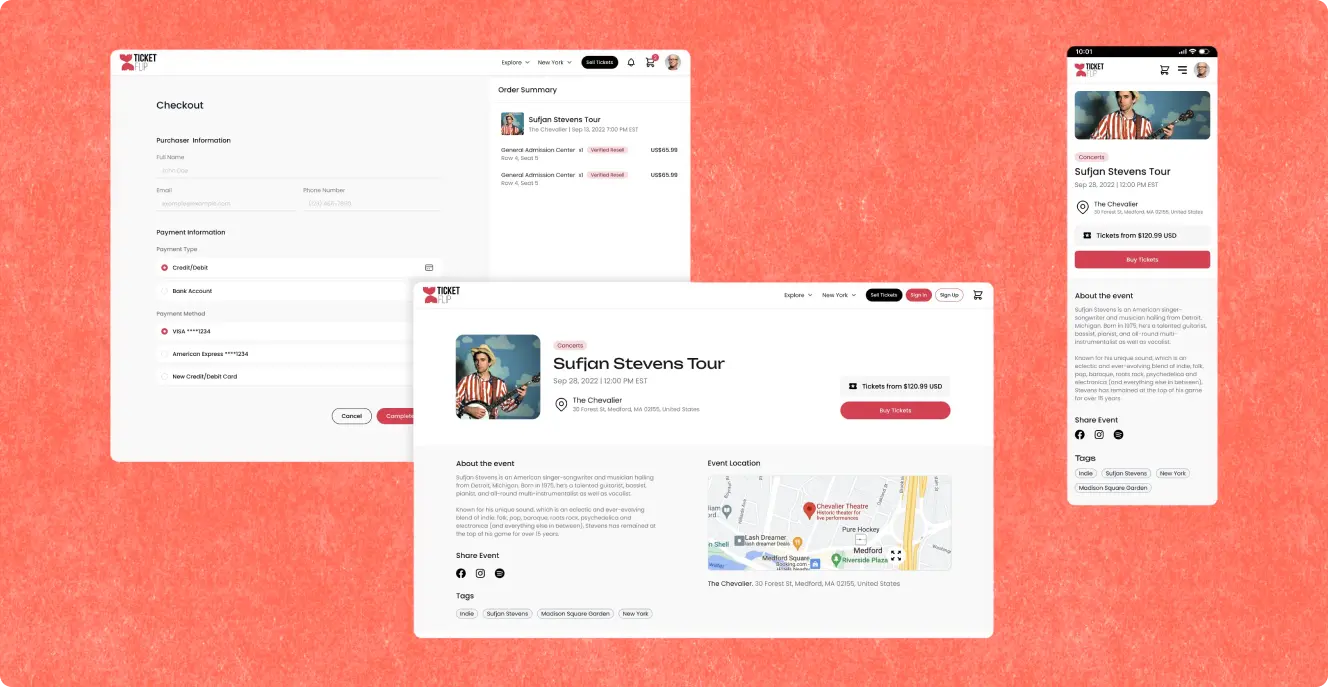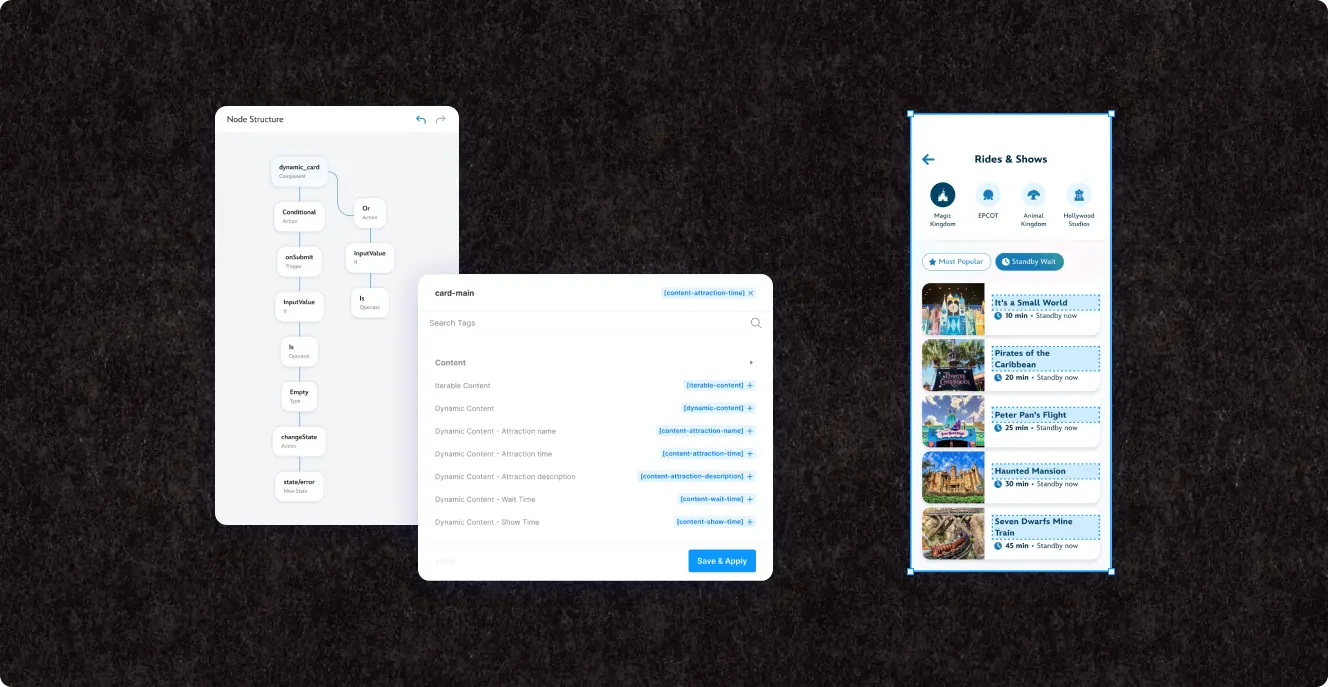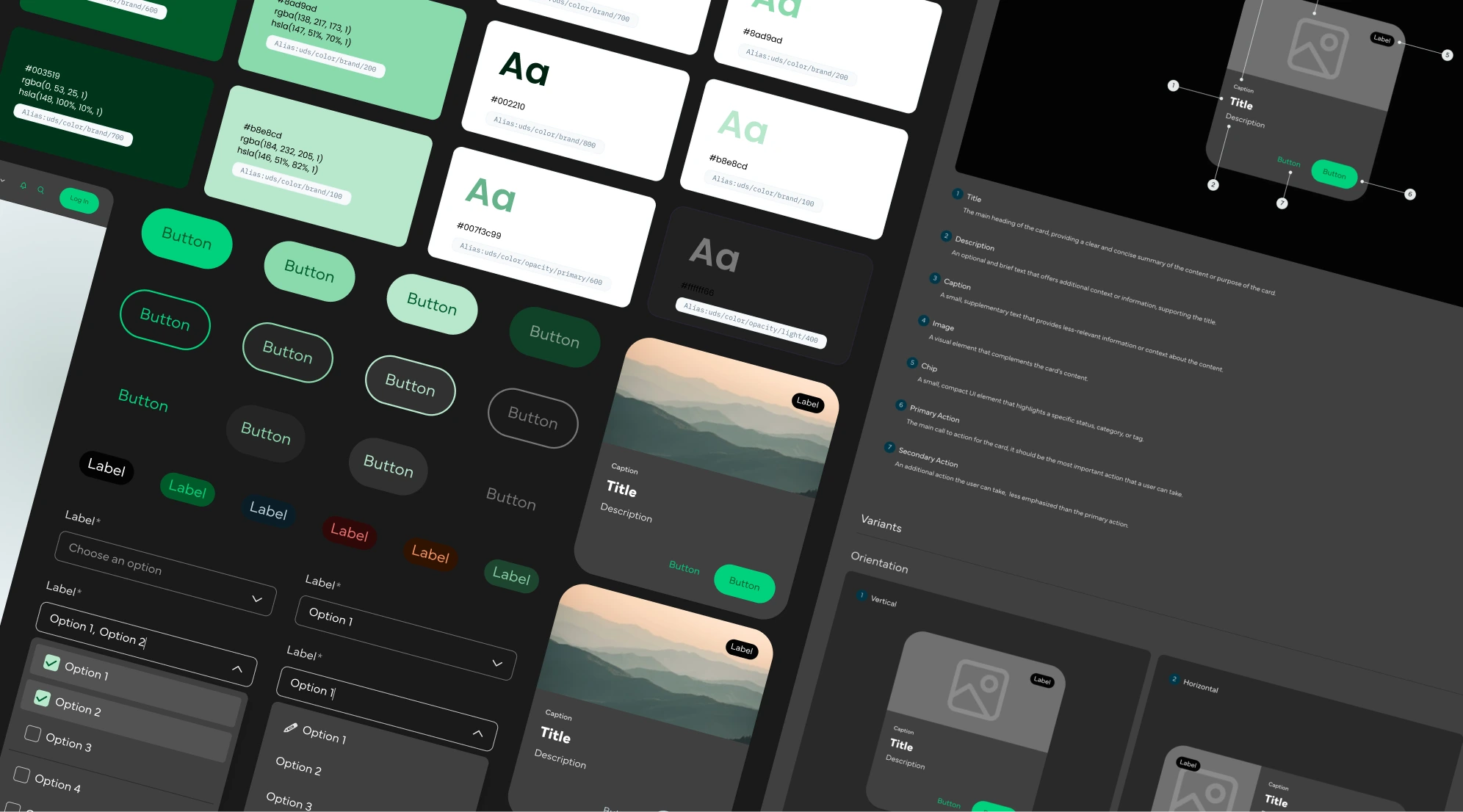
Unity Design System.
Responsabilities
Design, Definition & Documentation
/ Context
For the past months, I have led the design efforts for a comprehensive design system for Aptia, a benefits administration company. My role has been to address critical challenges within their ecosystem, including design inconsistencies, accessibility limitations, lengthy implementation times, and complex customization processes.

Discovery.
/ Interviews
To
create
a
robust
design
system
that
meets
Aptia's
functional
needs,
the
discovery
phase
played
a
pivotal
role.
This
phase
focused
on
conducting
thorough
research
to
identify
critical
gaps
within
Aptia's
existing
digital
ecosystem.
To
achieve
this,
we
conducted
multiple
interviews
across
various
departments
within
the
organization,
ensuring
a
comprehensive
understanding
of
their
challenges
and
requirements.

/ Existing Products
In
addition
to
the
interviews,
auditing
Aptia’s
existing
products
was
essential
to
gain
a
deeper
understanding
of
their
design
needs.
This
thorough
analysis
allowed
me
to
identify
specific
component
requirements,
recognize
recurring
patterns,
and
highlight
inconsistencies
in
visual
design.
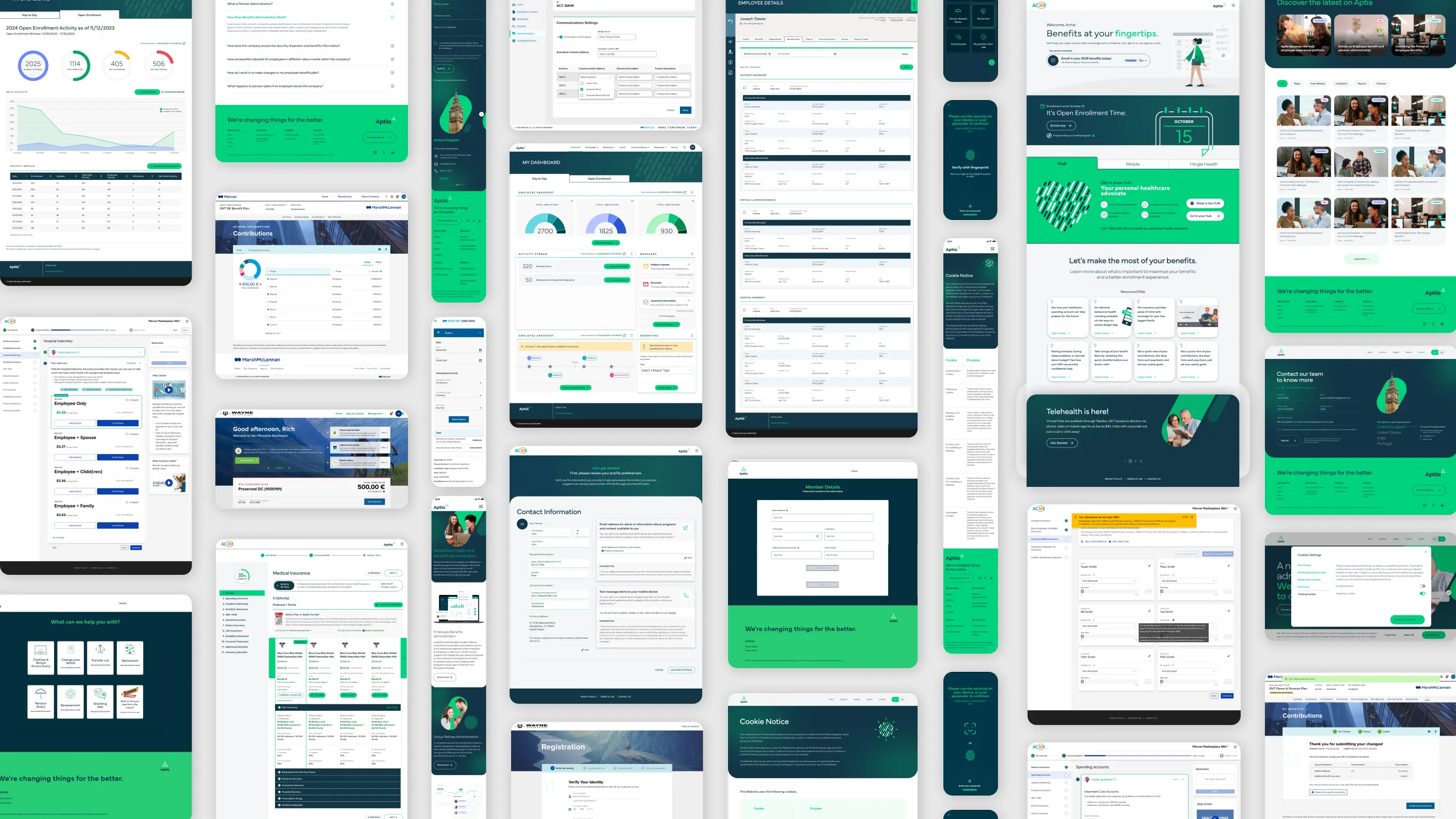
/ Findings
The
discovery
phase
was
key
in
understanding
the
organization’s
expectations
and
challenges.
We
quickly
identified
major
issues
a
unified
system
could
solve:
visual
inconsistencies,
accessibility
gaps,
slow
implementation,
and
complex
brand
customizations.
Most
importantly,
we
pinpointed
two
critical
pain
points
in
Aptia’s
processes
that
a
design
system
could
directly
address:
ensuring
WCAG-compliant
accessibility
across
the
ecosystem
and
maintaining
a
cohesive
yet
flexible
brand
experience.
/ Challenges
While
defining
the
core
design
token
system,
we
faced
a
major
challenge:
the
existing
brand
was
not
fully
accessible,
as
it
was
designed
for
print
and
social
media
rather
than
digital
products.
However,
a
complete
overhaul
wasn’t
an
option
due
to
its
strong
recognition
among
users.
To
bridge
this
gap,
we
collaborated
with
the
Head
of
Marketing
to
refine
key
elements.
Through
iterative
testing,
we
achieved
a
balance
maintaining
brand
consistency
while
making
necessary
adjustments
to
ensure
a11y
compliance
in
digital
environments.
Theming Model.
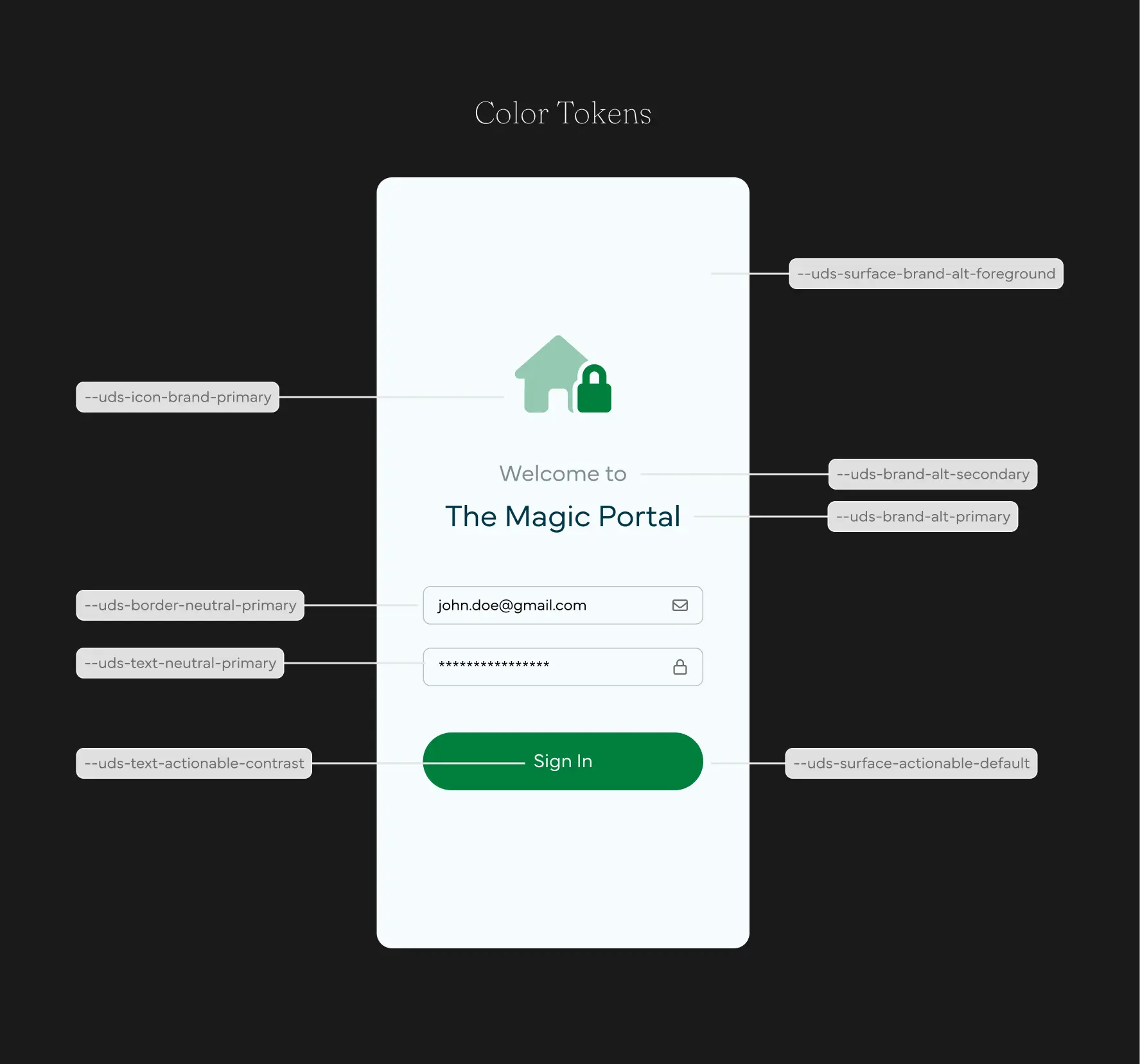

/ Customization
As
a
white-label
design
system,
flexibility
was
key.
To
accommodate
both
fully
branded
and
semi-branded
products,
I
designed
a
flexible
customization
framework.
This
involved
creating
collections
for
each
customizable
property,
allowing
Aptia
to
adjust
the
degree
of
white
labeling
based
on
each
product's
specific
needs.
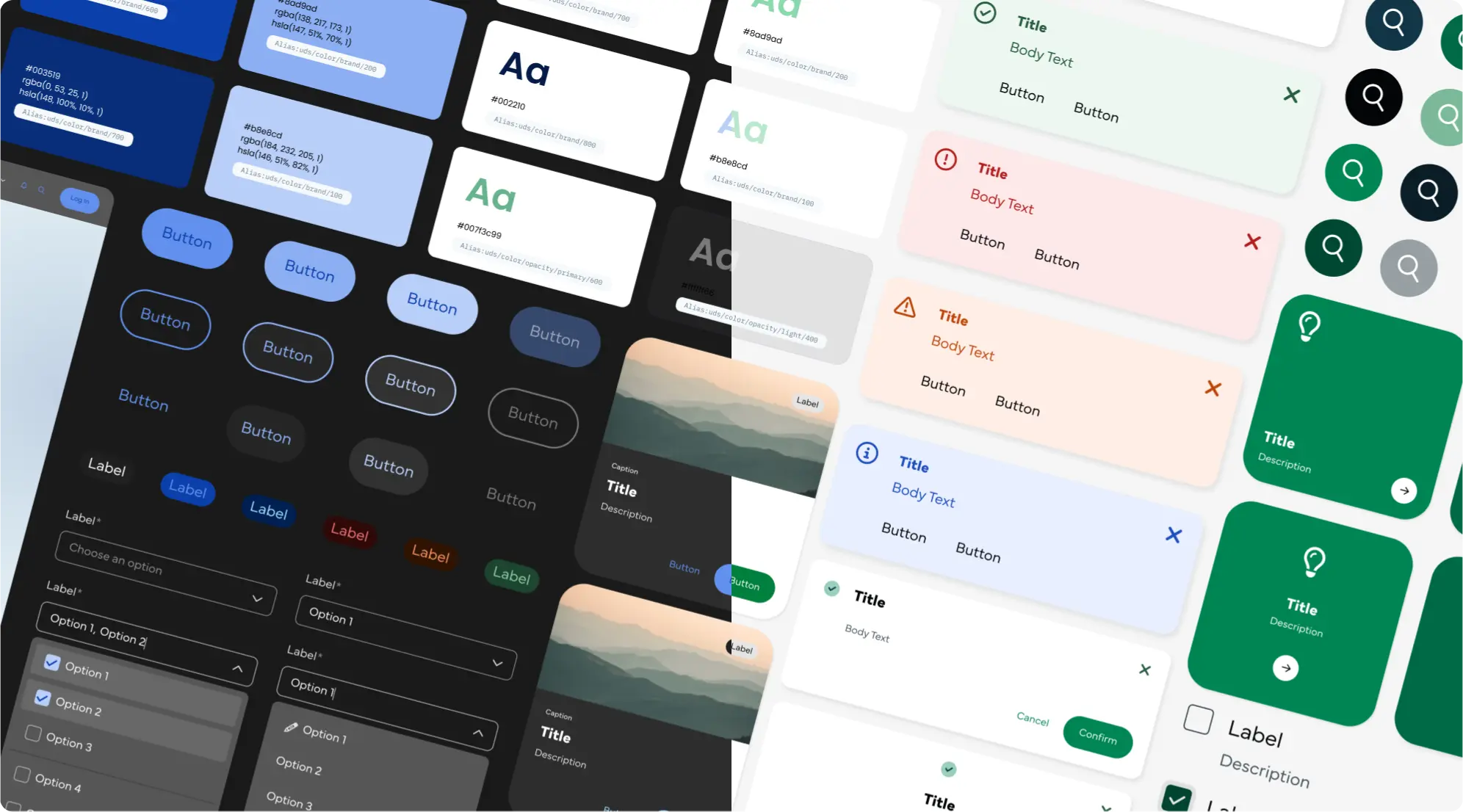
Components.
/ Pattern Approach
To
ensure
meaningful
progress
in
the
design
system,
we
adopted
a
pattern-oriented
approach.
Rather
than
building
components
strictly
from
atoms
to
organisms,
we
first
identified
the
most
common
patterns
across
the
Aptia
ecosystem.
This
allowed
us
to
prioritize
and
develop
the
specific
components
needed
to
support
these
patterns,
ensuring
practical
alignment
with
real
use
cases
and
immediate
impact
on
the
overall
design
consistency.
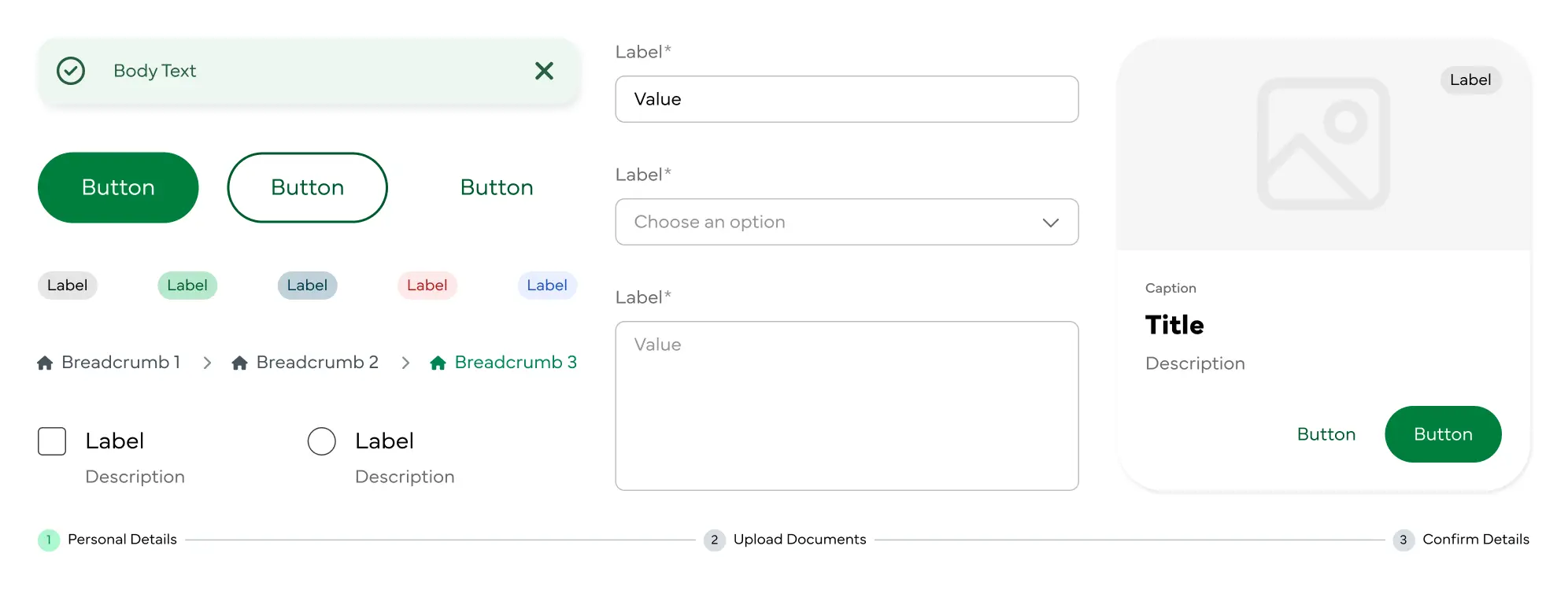
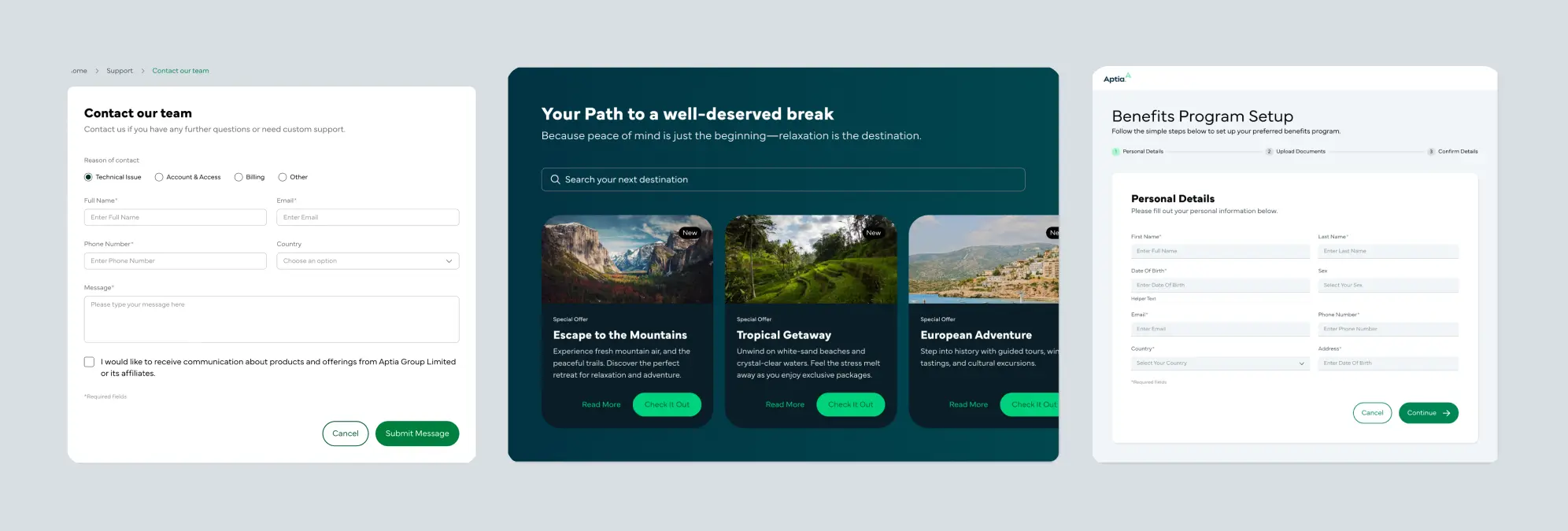
Documentation.
/ Construction
Thorough
documentation
of
each
component’s
anatomy
and
structure
was
essential
for
seamless
implementation.
By
detailing
the
scope,
variants,
boolean
options,
and
other
configurations,
it
was
ensured
that
both
developers
and
designers
could
fully
understand
and
utilize
each
component,
facilitating
efficient
collaboration
and
consistency
across
the
platform.

/ Best Practices
If
components
are
the
ingredients,
then
documentation
serves
as
very
much
needed
recipe.
Providing
designers
with
clear
resources
and
guidelines
was
essential
to
help
them
create
accessible,
high-quality
user
experiences.
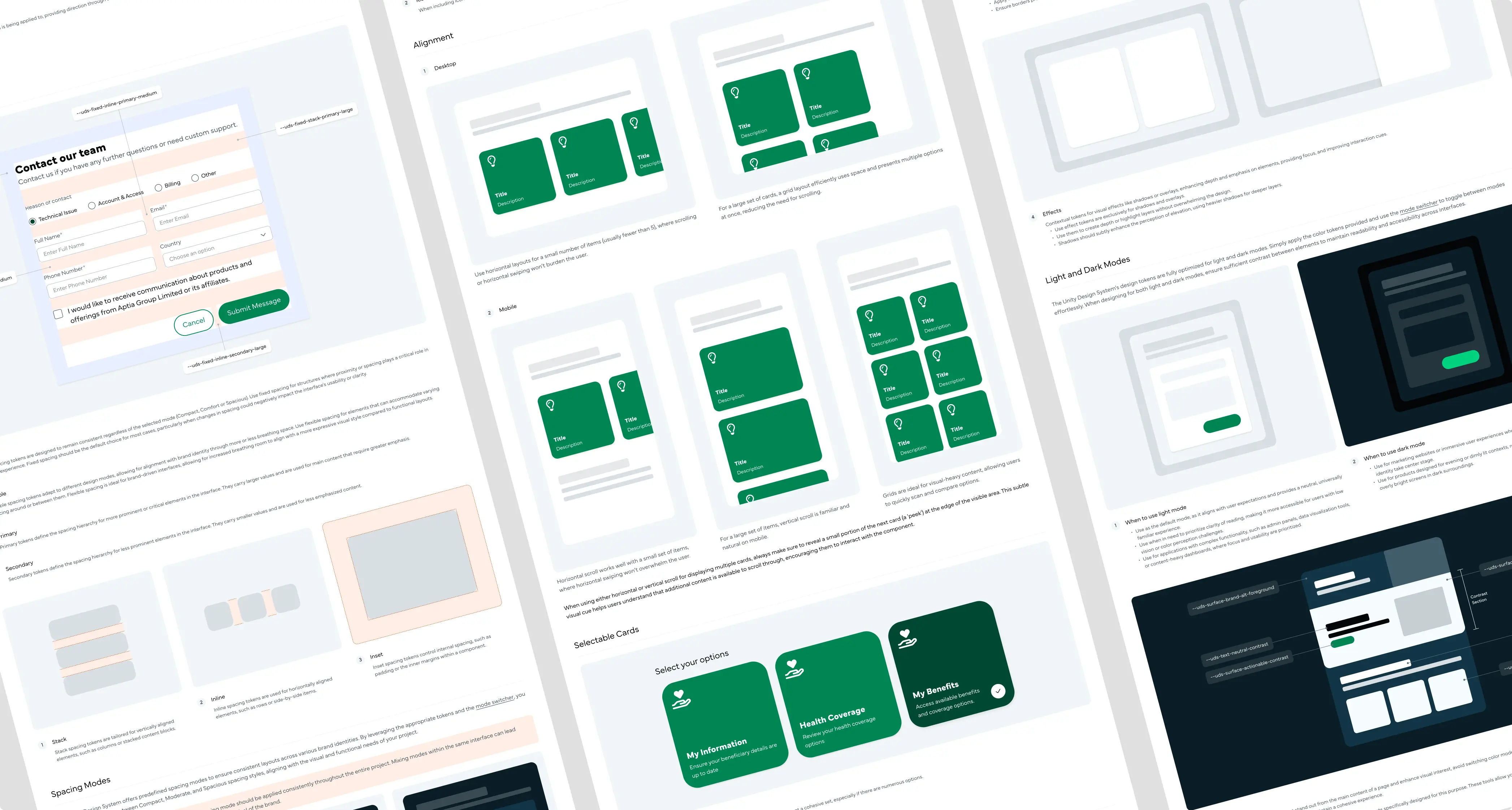
Governance.
/ Versioning
To
promote
effective
collaboration
and
clear
communication
among
team
members
and
design
system
adopters,
a
Semantic
Versioning
approach
was
implemented
to
track
design
changes.
By
leveraging
Figma’s
branching
feature,
updates
and
additions
to
the
design
system
were
only
released
and
published
after
receiving
approval
and
commitment
from
the
engineering
team.
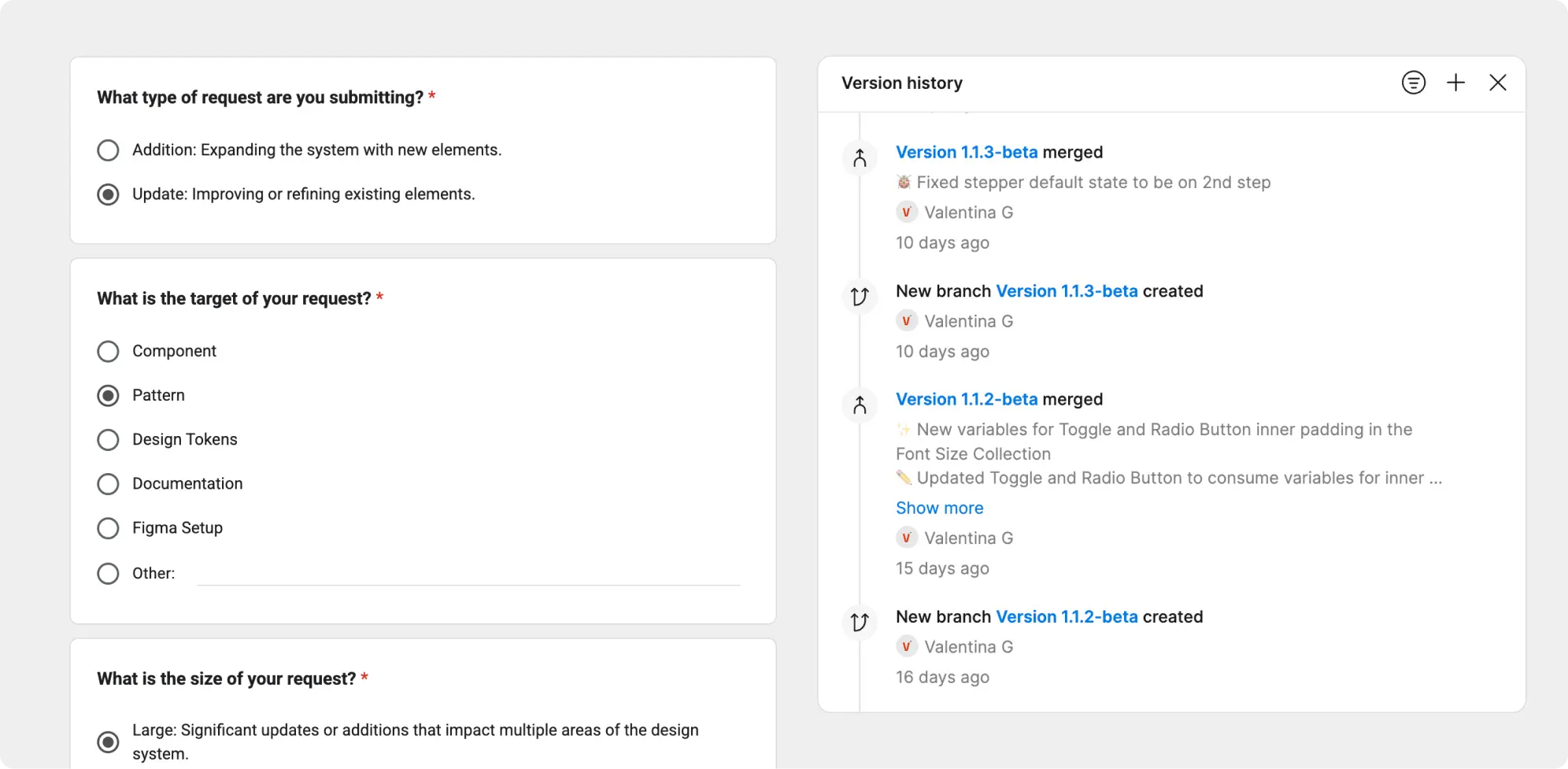
/ Contributions
Encouraging
active
participation
was
key
to
the
evolution
of
the
design
system.
A
well-defined
contribution
process
allowed
team
members
to
propose
new
components,
patterns,
or
updates
while
adhering
to
established
design
and
development
standards.
Each
proposal
underwent
a
thorough
review
by
design
and
engineering
teams
to
ensure
it
aligned
with
the
system’s
principles
and
supported
its
long-term
scalability.

/ Takeaways
Leading
the
development
of
the
Aptia
design
system
provided
invaluable
experience
in
establishing
processes
that
enhance
collaboration
and
promote
design
standards
across
an
organization.
This
initiative
not
only
achieved
greater
consistency
but
also
introduced
accessibility
criteria,
addressing
a
critical
gap
that
had
previously
been
overlooked.

